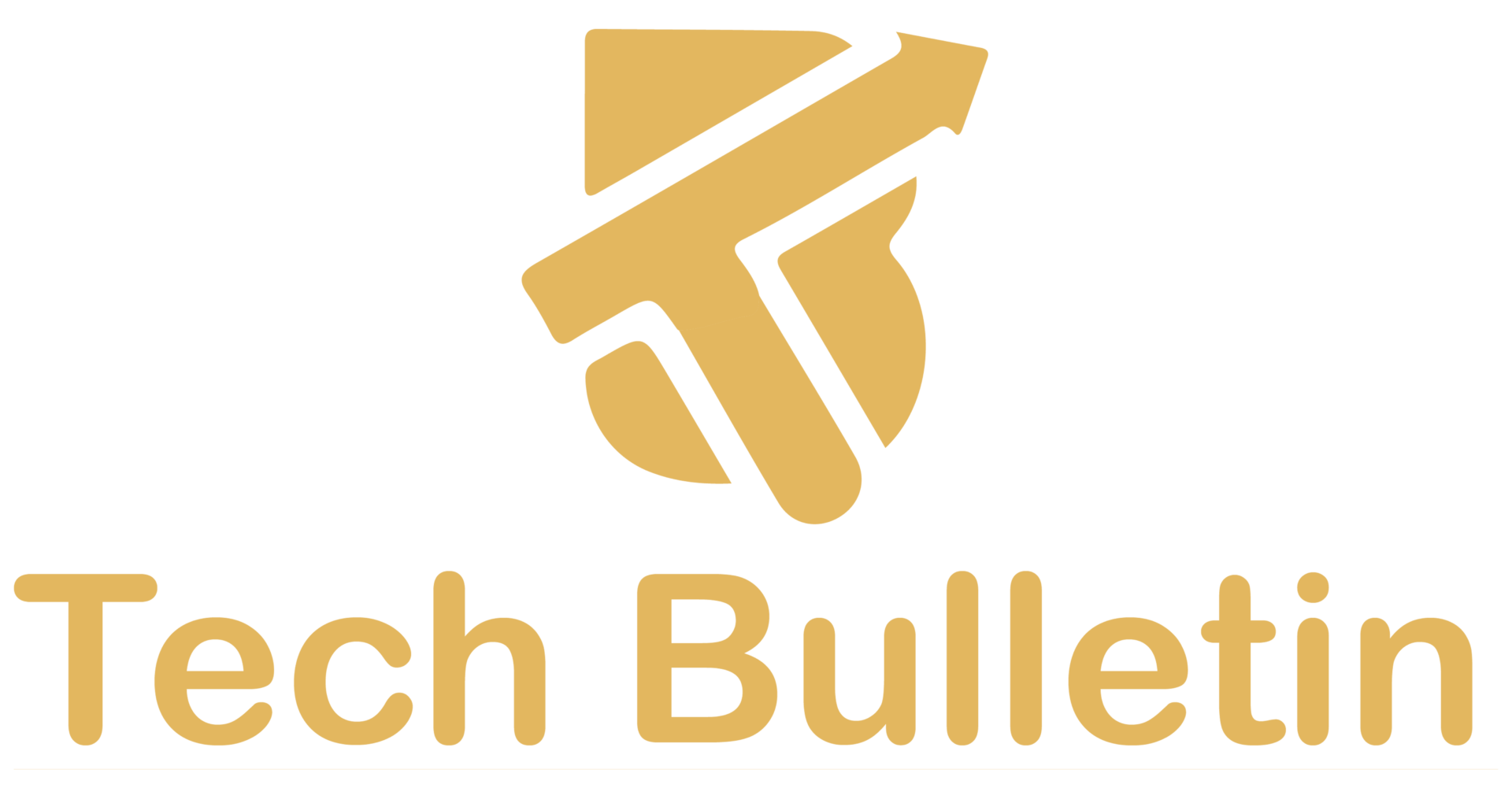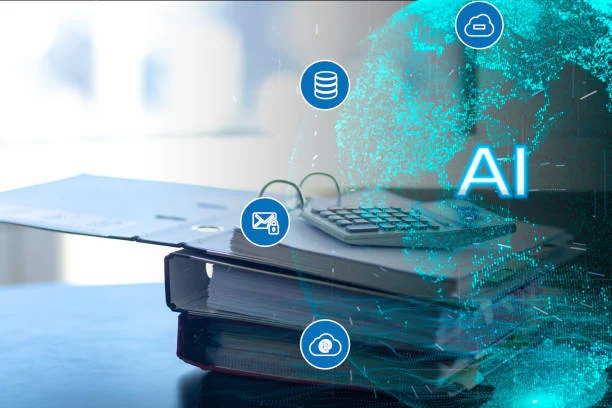How HR Automation Software Is Transforming Every Aspect of Human Resource Management in 2025
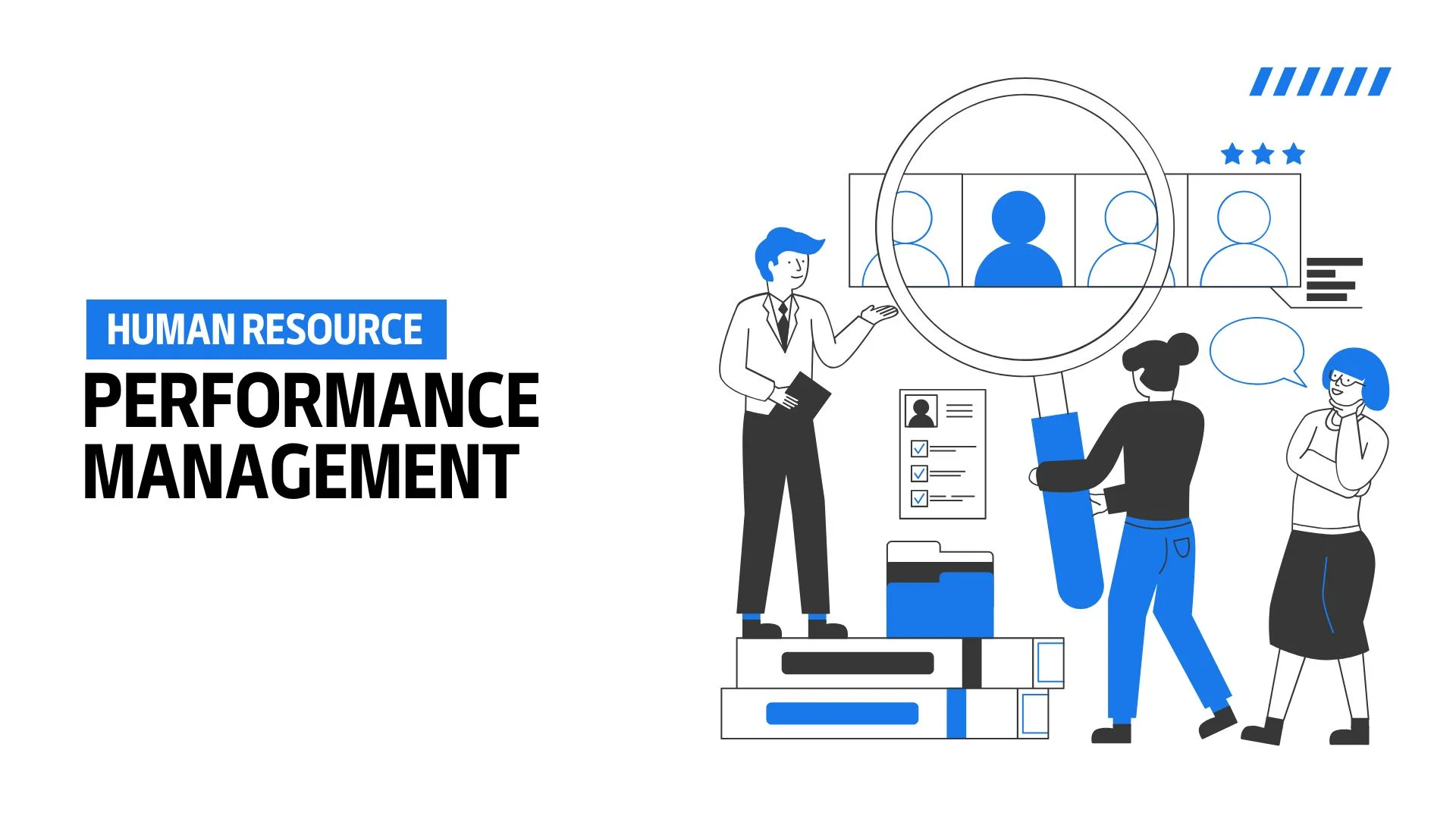
As digital transformation accelerates, companies are increasingly turning to hr automation software to streamline their operations. What once took days of manual labor can now be handled in minutes through automated hr systems. This evolution isn’t just about saving time; it’s about transforming HR from an administrative function into a strategic powerhouse. Whether you’re managing payroll, onboarding new hires, or analyzing employee engagement, the best AI-powered HR automation software makes these tasks more efficient, accurate, and employee-focused.
What HR Automation Is and Why It Matters to Organizations of All Sizes
HR automation refers to the use of digital technology and software to automate human resources tasks, such as hiring, employee data management, payroll processing, benefits administration, and performance tracking. It replaces manual interventions with intelligent systems that follow rule-based or AI-powered workflows. The goal of human resources automation is to enhance operational efficiency, improve compliance, reduce human error, and offer better service to both HR professionals and employees.
Core Components That Make Up an Automated HR Platform

HR Automation Software typically includes features like digital employee records, integrated payroll and tax systems, time and attendance tracking, applicant tracking systems (ATS), performance management modules, and employee self-service portals. Some advanced solutions incorporate machine learning to predict workforce trends, chatbots for employee interaction, and automated alerts for compliance tasks.
1. Digital Employee Records Management
Centralized storage for employee profiles, contracts, documents, and personal information in a secure digital format.
2. Integrated Payroll and Tax Compliance Systems
Automated payroll processing, tax calculation, deductions, and year-end reporting, often synced with accounting software.
3. Time and Attendance Tracking
Real-time clock-in/clock-out systems, biometric scanners, leave requests, and automated shift scheduling.
4. Applicant Tracking System (ATS)
Tools to manage recruitment workflows, from job posting and resume screening to interview scheduling and candidate scoring.
5. Performance Management Modules
Goal-setting, regular performance reviews, feedback systems, and KPI tracking dashboards.
6. Employee Self-Service Portals
Dashboards for employees to update personal details, request time off, download pay stubs, and access company policies.
7. Compliance Monitoring and Alerts
Automated alerts for expiring certifications, labor law updates, policy acknowledgment, and mandatory training deadlines.
8. Chatbots and AI-Driven Support
AI-powered assistants for handling HR queries, onboarding guidance, and routine employee interactions.
9. Workforce Analytics and Predictive Insights
Machine learning modules that analyze HR data to forecast turnover, hiring needs, and employee engagement levels.
Compliance
HR teams that rely on spreadsheets or outdated systems often deal with mistakes, incorrect tax deductions, delayed benefits, or missing documents. By using hr automation tools, errors are minimized through validation checks, standardized workflows, and digital record-keeping. This not only boosts accuracy but also reduces the risk of fines and lawsuits due to non-compliance.
Showing How Employee Experience Is Improved with Self-Service and Real-Time Access
Modern HR Automation Software offer intuitive interfaces that let employees apply for leave, access payslips, update personal details, or enroll in training programs without involving HR staff. This self-service approach increases transparency and fosters a sense of ownership among employees. Real-time updates and mobile accessibility further enhance their overall work experience.
Key Features to Look for When Choosing the Right HR Automation Solution
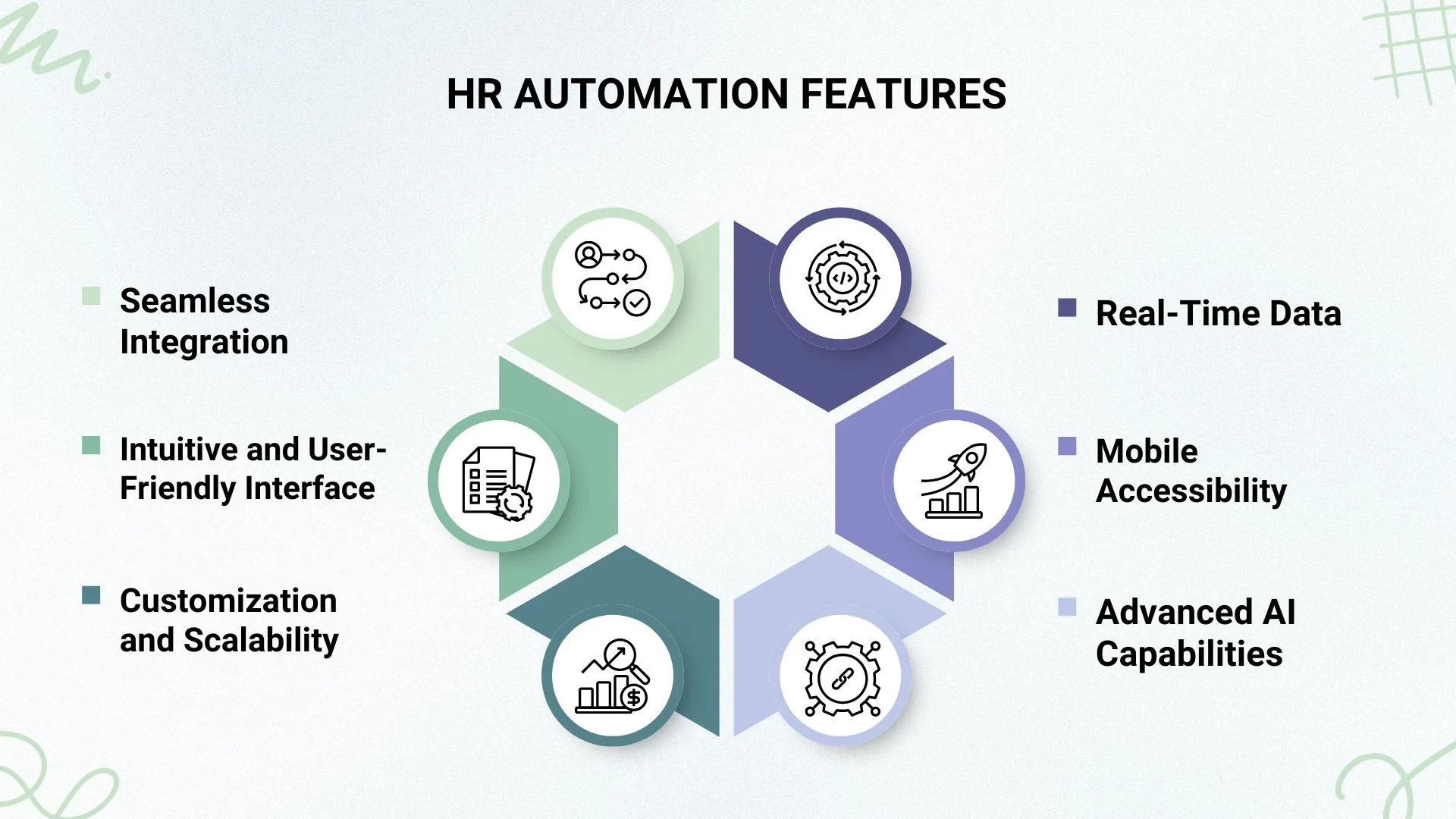
Businesses looking for top hr software for automation should evaluate solutions based on criteria such as integration with existing systems, user interface design, customization capabilities, real-time analytics, mobile support, and data security. AI capabilities like predictive analytics and natural language processing can offer a competitive edge by turning data into strategic insights.
1. Seamless Integration with Existing Systems
Ensures compatibility with current payroll, ERP, accounting, and productivity tools for a unified workflow.
2. Intuitive and User-Friendly Interface
A clean, easy-to-navigate dashboard that enhances user experience for HR teams and employees alike.
3. Customization and Scalability
Flexible settings to adapt workflows, permissions, and modules based on company size and evolving HR needs.
4. Real-Time Data and Predictive Analytics
Live dashboards and AI-driven insights to support better decision-making on workforce planning and performance.
5. Mobile Accessibility and Cloud Support
Mobile apps and cloud-based platforms that allow on-the-go access for HR managers and employees.
6. Advanced AI Capabilities
Features like natural language processing, resume parsing, sentiment analysis, and smart recommendations are powered by machine learning.
7. Strong Data Privacy and Security
Compliance with data protection regulations (e.g., GDPR, HIPAA) and encryption protocols to safeguard employee information.
Understanding How Business Automation Software for Payroll and HR Management Integrates Seamlessly
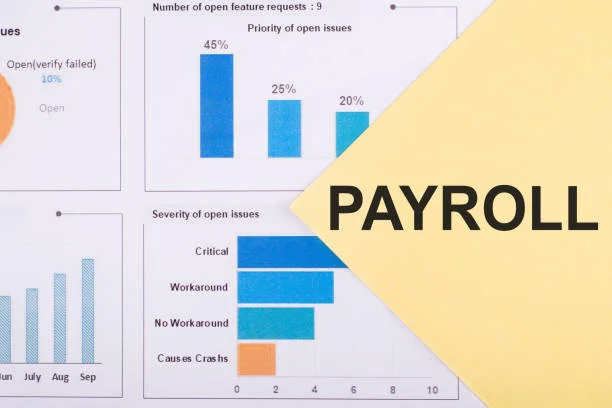
How Payroll and HR Systems Work Together in Modern Enterprise Ecosystems
One of the most valuable integrations in HR tech is between payroll systems and human resources automation. This synergy ensures employee compensation is accurate, timely, and compliant. Automated calculations handle taxes, benefits, deductions, bonuses, and compliance with labor laws.
Leveraging Real-Time Dashboards for Better Decision-Making and Audit Readiness
Automated hr management tools provide real-time dashboards that help HR leaders monitor KPIs such as overtime usage, turnover rates, or training completion. These insights guide strategic decisions and ensure readiness for internal and external audits, supported by consistent and transparent data.
Showcasing Real-Life HR Automation Examples and Creative Implementation Ideas for Business Impact
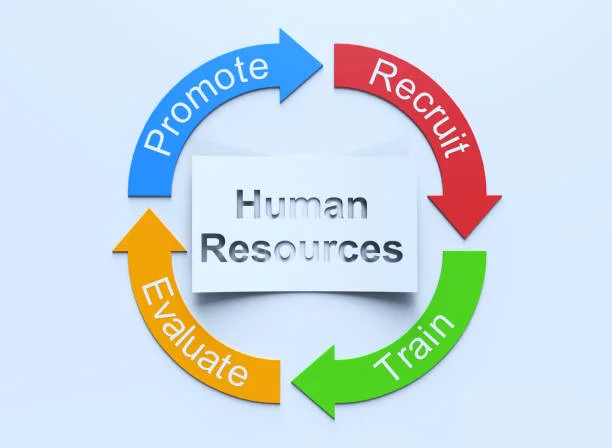
Automating the Onboarding Process to Improve Employee Integration and Engagement
One of the most common and impactful hr automation examples is onboarding. With an automated system, new employees receive welcome emails, fill out forms digitally, and are guided through training modules automatically. IT departments are notified in advance to set up equipment, and managers receive checklists to ensure a smooth integration. This creates a structured and professional first impression.
Simplifying Performance Reviews Through Systematic Scheduling and Feedback Loops
Annual performance evaluations are being replaced by frequent, automated feedback loops. Systems prompt both managers and employees to set goals, provide regular updates, and complete reviews based on scheduled timelines. Notifications and reminders help avoid missed deadlines, and built-in analytics can identify top performers or engagement gaps.
Managing Leave and Attendance Without Human Oversight Through Rule-Based Workflows
Employees can now request leave through self-service portals or mobile apps. These requests are automatically routed to managers based on predefined rules and policies. If approvals are delayed, the system sends reminders. Attendance can be logged through facial recognition, GPS check-ins, or biometric systems that sync with payroll in real time.
How to Successfully Implement HR Workflow Automation Systems Within an Existing Organizational Structure

Steps Every Organization Should Follow When Introducing Automated HR Systems
Implementing automated human resources systems begins with process mapping, understanding what’s manual today and what could be automated tomorrow. Companies should:
- Identify pain points in existing workflows
- Define clear automation goals
- Choose the most suitable automated hr platform
- Start with a pilot program in one department
- Train all users and collect feedback for refinement
This approach ensures a smooth rollout while minimizing disruptions.
Best Practices for Change Management and Encouraging Employee Adoption
Even the best hr automation software will fail if the team resists change. Communication is key employees should understand why automation is being introduced and how it benefits them. Training sessions, ongoing support, and listening to user concerns help foster acceptance. Celebrate early wins to build momentum and trust.
Addressing the Common Challenges and Risks Associated With HR Automation Adoption

Ensuring Data Privacy and Meeting Regulatory Requirements in Digital HR Systems
HR departments handle sensitive data, personal details, salaries, and medical records. Any hr automation software must comply with data protection laws like GDPR, HIPAA, or regional equivalents. That means end-to-end encryption, user authentication, regular security audits, and clear data ownership policies.
Dealing With the Technical Complexity of Integrating New Tools With Legacy Systems
Most organizations already have systems in place financial software, CRMs, and old HR databases. A major challenge is integrating new automation tools without disrupting these environments. APIs, middleware, and vendor partnerships can help, but proper planning, testing, and phased deployment are critical for success.
Predicting the Future of Automated HR Management and Workforce Optimization Through AI

The Rise of Augmented Analytics and Predictive Insights in Human Resources
Tomorrow’s hr automation tools won’t just record data, they’ll analyze it. AI will identify patterns like employee burnout risk, likely resignations, or hiring pipeline bottlenecks. Managers will receive automated recommendations, helping them act proactively rather than reactively.
Personalizing Employee Journeys Using Automation and Individualized Digital Experiences
Automation in HR is increasingly focused on personal touch. Systems now suggest training based on career goals, tailor wellness programs based on activity data, and adjust benefits packages to individual preferences. This leads to higher engagement, better retention, and a more inclusive workplace culture.
Conclusion
The evolution of HR from paperwork to predictive insights is well underway. By adopting the best hr automation software and tailoring it to their needs, companies unlock new levels of efficiency and engagement. From onboarding to retirement, every step of the employee journey can be improved through thoughtful automation. The result is a smarter, faster, and more human-centered approach to managing talent.
FAQs
What is the difference between automated hr systems and traditional HR software?
Traditional HR software helps store data and track tasks. Automated hr systems, on the other hand, actively perform tasks based on rules and machine learning, reducing manual input and errors.
How can small businesses use hr automation ideas effectively without a big budget?
Many cloud-based platforms offer scalable solutions. Small businesses can start with one function—like payroll or leave tracking—and expand as needed.
Are there risks in relying too heavily on automated hr management?
Yes. Over-automation may depersonalize HR interactions. It’s important to balance efficiency with human oversight, especially in sensitive areas like conflict resolution or mental health support.
What are the best hr automation tools to consider in 2025?
The best tools offer AI insights, seamless integration, strong compliance features, and user-friendly design. Choosing the right one depends on your company’s size, industry, and unique challenges.
Can automated hr platforms adapt to regional labor laws and tax systems?
Yes. Most modern systems offer compliance settings based on country or state, automatically updating tax tables, holiday calendars, and benefits structures.
What industries are seeing the biggest benefits from human resources automation?
Tech, healthcare, retail, and manufacturing lead the way, but automation benefits any sector dealing with high-volume recruitment, shift management, or regulatory reporting.

